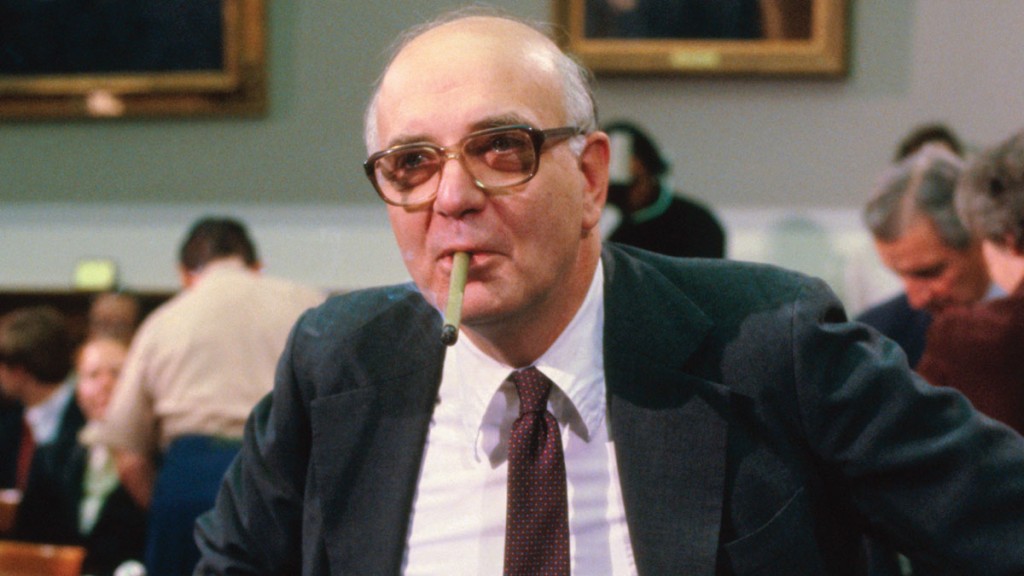
“From Washington to Tokyo, the message is loud and clear,” says Marcus Ashworth at Bloomberg Gadfly. “Central banks want steeper yield curves. They want inflation, and inflation is coming.” The catalyst for change is likely to be a Federal Reserve rate rise in December, he says. “The Street has spotted it, and so has the relatively smart money.” Morgan Stanley and Goldman Sachs both expect ten-year rates to rise, says Ashworth, while big investors such as bond-fund giant Pimco, plus M&G and Legal & General, have been “cutting their holdings of longer-dated bonds”.
So could this finally be the end of the bond bull market, after a 35-year run? If it is, we would be seeing “the most important shift in the investment environment in our working lifetime”, says Societe Generale’s Albert Edwards. “The implications… are massive.” Hence investors are nervous that the recent moves might not just be a cyclical sell-off. They fear that “something more might be in the air” as central banks and governments call for “a decisive shift away from relying on monetary policy and toward greater fiscal stimulus”.
Still, bond investors have been predicting an end to declining yields for years, says John Authers in the FT. And “it’s quite possible that the bull market in bonds could continue, pushing down yields further”. Yields have been falling since the 1980s, when Paul Volcker, then chair of the US Federal Reserve, finally convinced investors the Fed was “committed to beating” inflation. “The steady downward trend in US Treasury yields is one of the most lasting and reliable phenomena in finance.”
Indeed, “there remain plenty of reasons to expect the rally in bond yields to be yet another false dawn”, says Tom Stevenson in The Daily Telegraph. Japan’s experience “shows that aggressive fiscal stimulus need not lead to rising inflation in the short term”. So we could see “both fiscal and monetary policy stimulus at the same time”. In Europe, the ECB’s “broad hint” that quantitative easing (QE) will carry on suggests “the long march lower for government bond yields may not be over just yet”.
Note also that Japan’s central bank has committed to buying as many government bonds as needed to ensure the yield on the ten-year bond remains at 0% or below, says Edwards. This “was a massive change in policy that has not been fully understood by the markets”. Far from rising, yields are likely to fall even lower as central banks embark on more quantitative easing. Ultimately,
“I expect US ten-year yields to converge with Japan and European yields at around –1% in the next recession”.